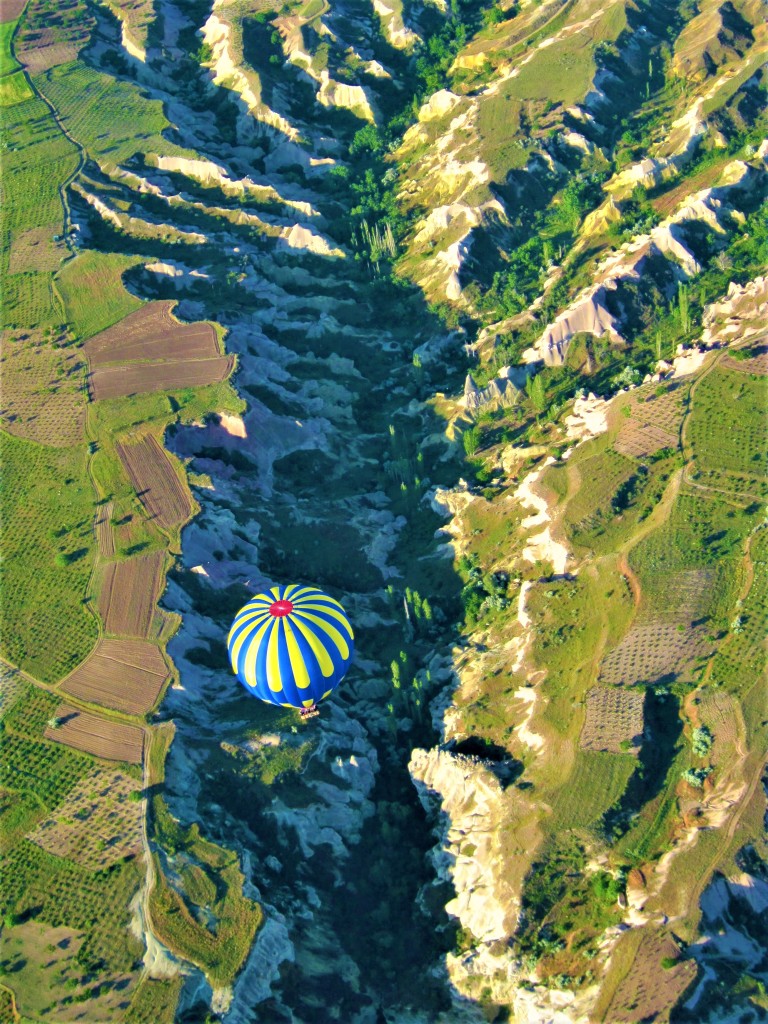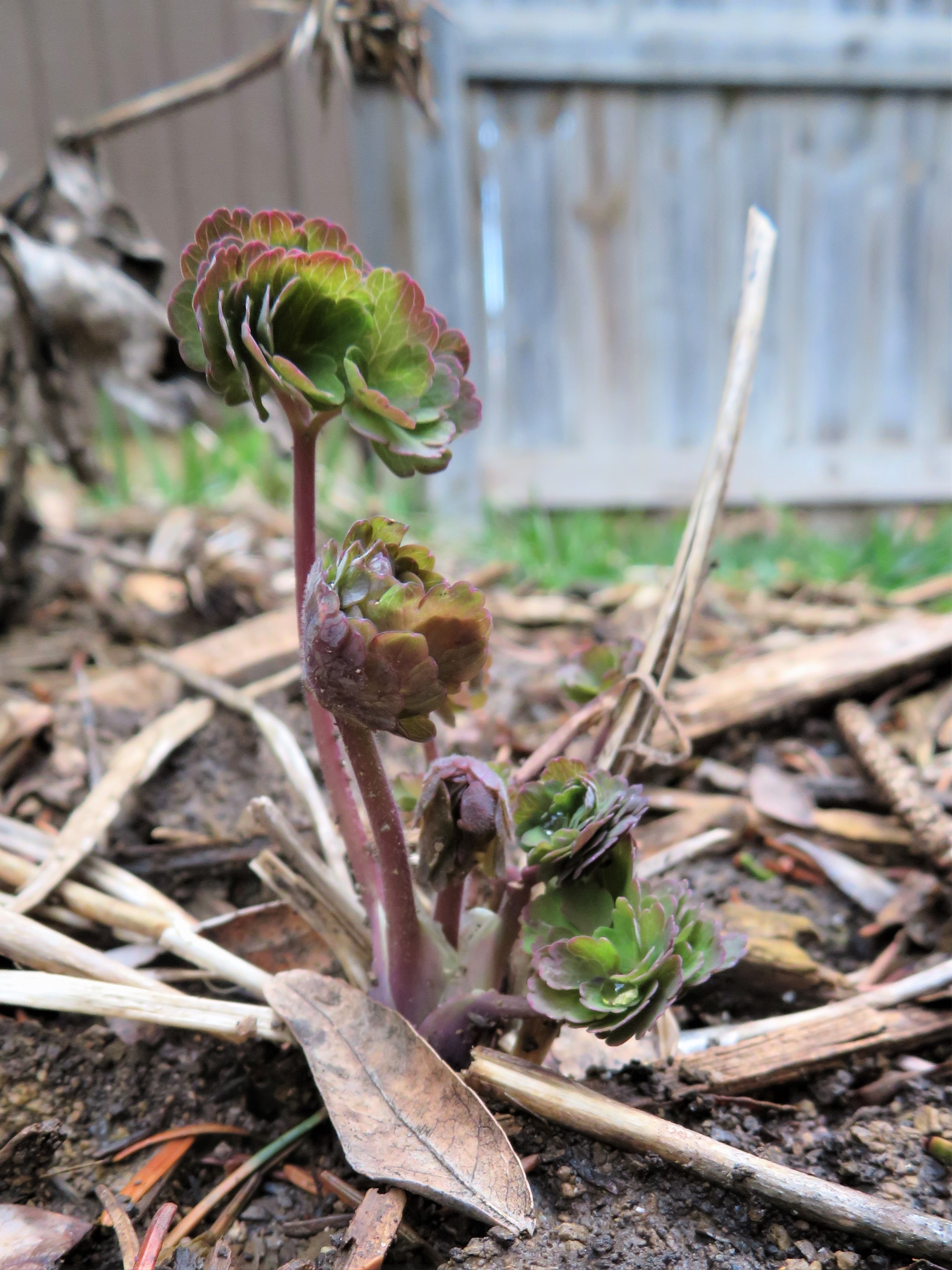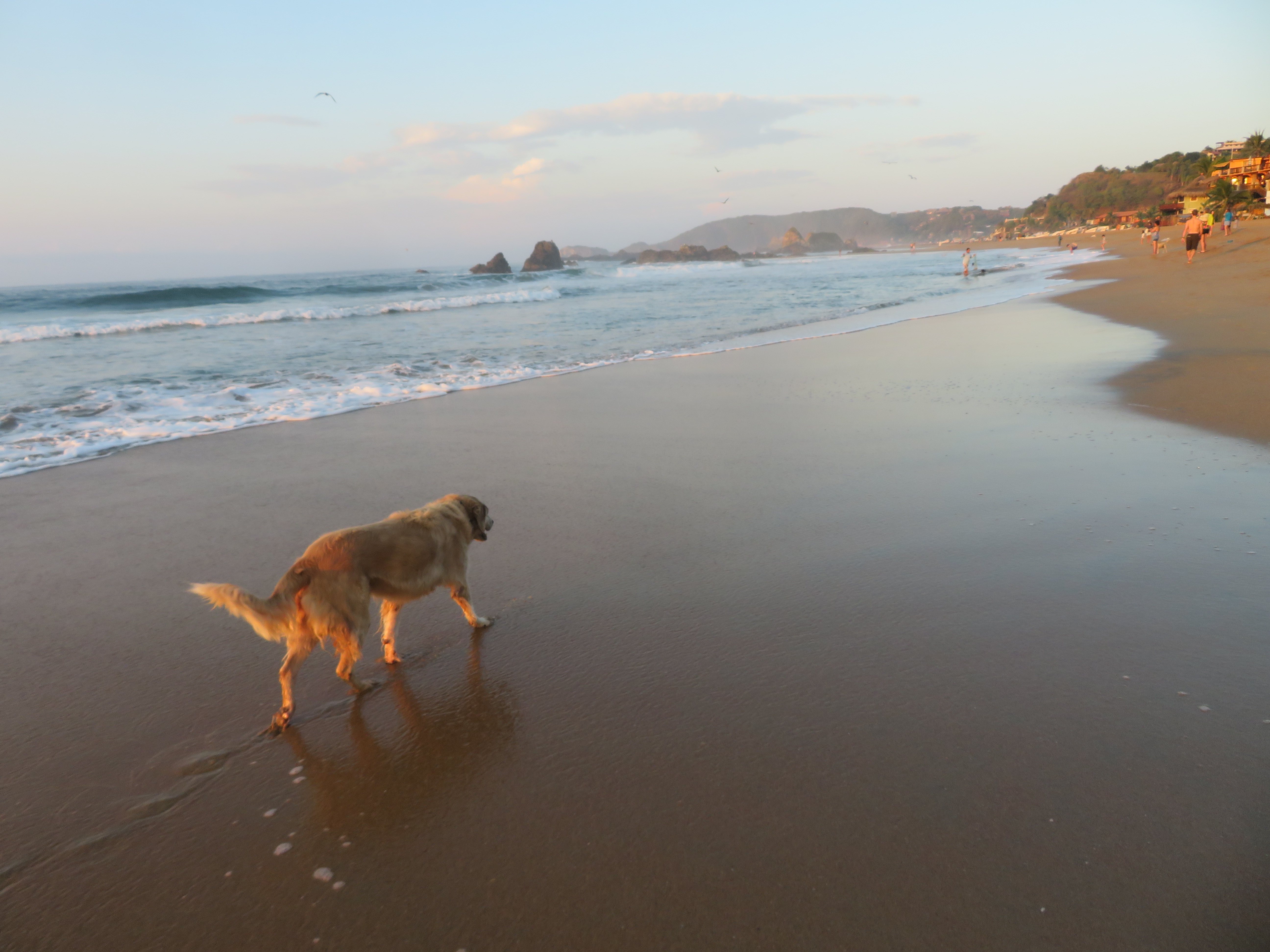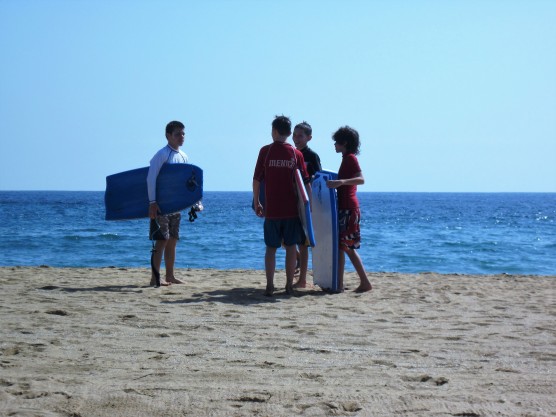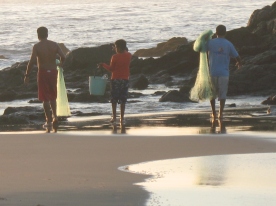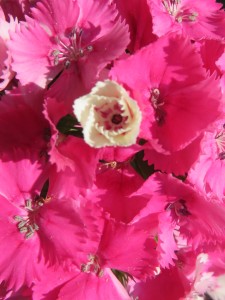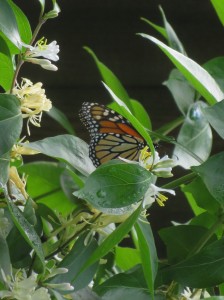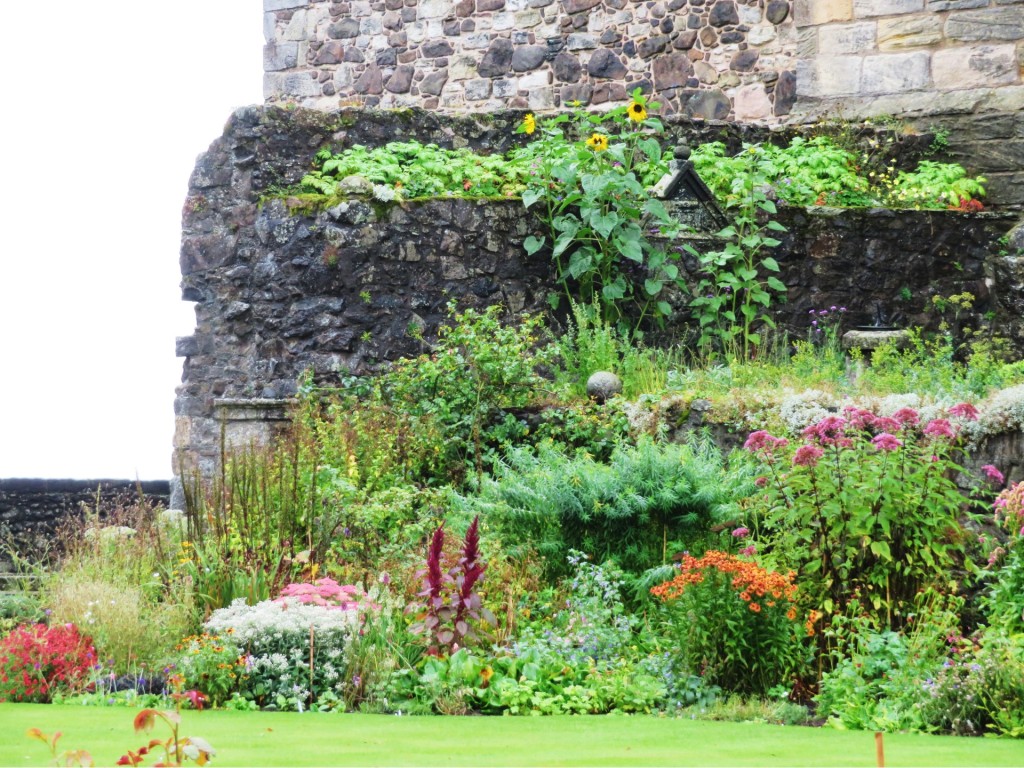
Mindfulness@IBM Community: The Guiding Principles that Enable Us to Flourish
As I sat at my desk reflecting on the past, I saw the seeds. They were beginning to sprout in the rich dark soil. I saw myself walk up to those brave little green leaves. I bowed to them before generously pouring water upon them.
Last week I had the opportunity to join the 5th Annual Mindfulness@IBM Summit and share the story of how the Mindfulness@IBM community started. What a joy to recall when our community first began watering seeds of mindfulness in Spring 2015 and to remember the initial segment of our journey of discovery and growth.
(You can read about the early days of the movement, at least as I know the story, via a couple of my previous LinkedIn articles. The first is a timeline with highlighted activities and events which you’ll find HERE, and the second is a curation of what I learned from leading the Mindfulness@IBM movement for 3 years through Summer 2018 which is HERE.)
Like a stream trickling down through mountain cervices, we were pulled and guided. There was something special about the way our journey unfolded – how we leaned into not knowing exactly where we were headed and how we simply held our dream of a company where everyone is fully present and awake.
While they were not explicit at the time, some foundational beliefs were core to our flow. Upon reflection, I’m able to see those principles, like threads weaving the tapestry of our story.
- Everyone is a learner and a leader. We all are privileged with our own rich experiences and inner wisdom. We can all learn from and share with each other. We trust our personal and collective insights to help and guide us as we connect, collaborate, and create.
- The path to knowing is experience. It’s helpful to have facts and information to understand. Yet, to truly know is to experience. And, the ways we can experience being present and awake and alive in the here and now are endless. There is no one way.
- Meet people where they are. People are at different points in their lives and their careers and their inner journeys. At any one point in time, we have different needs and desires and expectations. We learn and share in a variety of ways. We are open to what people need, not pushing or forcing, just allowing.
- Dwell in the real. We meet not only people where they are, but also circumstances where they were. We play with ‘what is’, without wishing things were different or pushing to make things a certain way. We dance in the reality of the moment and let the energy pull us.
- Diversity is fundamental. We appreciate and honor the differences that stem from the work we do, the organizations we work in, the countries we live in, the cultures we are part of. What is accepted and possible in one may not be in another. We are courageous in exploring together, seeking understanding from a place of appreciation for the vastness of what’s possible.
- Our shared humanity holds us together. By paying attention to our common values and desires, we come together in a powerful way. What we have in common as human beings living on this planet – struggles and dreams, desires and aversions, connection and solitude…these bring us together as family and hold us as one in community.
As we wrapped up the summit session, I found myself at my desk again. This time I saw how seeds I planted during my time with the community had been watered and nourished by others. I saw a garden, filled with beautiful grasses and flowers and trees, beyond what we could have imagined when we first started playing in the dirt.
I’m reminded that we are always planting seeds. We don’t always get to know who will water them or when, and which ones will flourish. If we simply begin, taking that one small step that invites energy and life and possibility, in no time we find ourselves in a wild and magical place beyond what we could have dreamed of.
——-
If you’d like to hear more about the early days of the Mindfulness@IBM community, join me and Patrick Kozakiewicz and Emanuele Terranzani on The Present Show (episode 45). I also joined Patrick in a mindful leadership podcast not long ago.
Also, I have a few gifts for you. First, is Meditative Blossoms, a collection of my mindfulness poetry and flower photography. Second are several guided meditation practices that I recorded for the BlinkMinds online learning platform.
If you’re interested in mindfulness, you might also be interested in other mindfulness-related posts here on Leading with Intention:
- Lessons Learned from a Year of Practicing Mindfulness
- Cultivating Mindfulness with Gratitude
- Experimenting with Mindfulness
- Building Awareness Through the Breath
- Mini-Habits for Showing Up Mindfully
- Have a little compassion, starting with you
- Mind Your Words – They Are Powerful Seeds of Change
- Equanimity
- Catch Your Mind and Smile
You can follow me on my other blogs:


